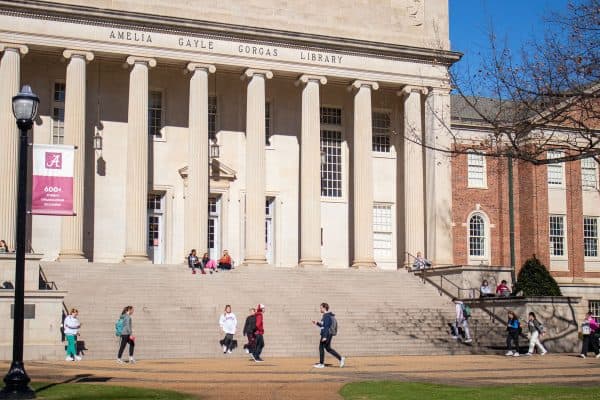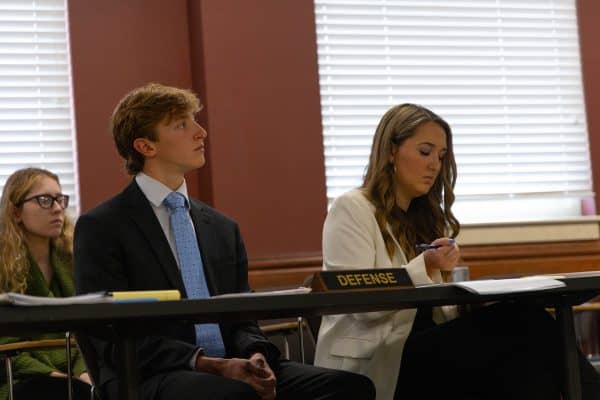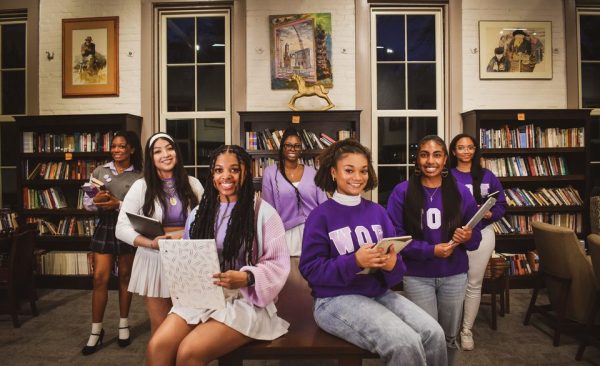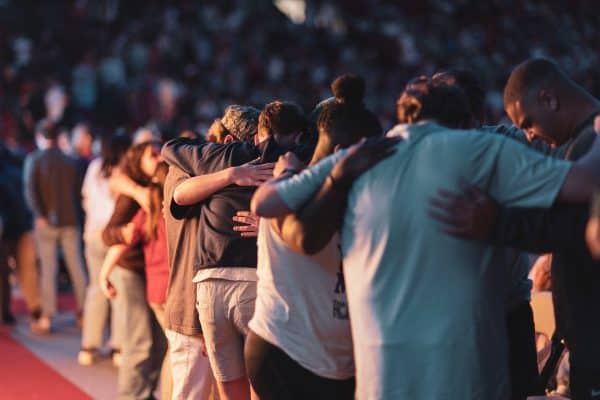Woodlawn Street Market aims to revitalize community
October 19, 2018
After its role as a flash point for race relations in the integration of Alabama schools, the Woodlawn area has declined in recent years. Storefronts sit empty in the historic business district, which is where sixty vendors took to the streets.
“A giant part of why we started [the market] five years ago was to generate foot traffic in Woodlawn,” event organizer Rebekah Fox said. “If we could get people familiar with this small part of what is the Woodlawn neighborhood, they might feel more comfortable coming to the businesses that have chosen to make this their home.”
The merchants’ tents were set up in conjunction with the businesses along 55th Place, with attendees walking in and out of stores as much as they stood at booths. Club Duquette and Communicating Vessels, two of the businesses lining the street, saw many common customers from the market.
“I’ve been coming to this festival since it started,” Nelesha Dale, owner of Dirty Red’s food truck, said. “I tell everybody [that there are] so many opportunities to see things you normally wouldn’t see. Like the detox stations… all the vendors with baked goods, arts and crafts… things you wouldn’t see at a shopping mall.”
Local color seemed to play a large part in the attraction of the market. Artwork, pillowcases and food of all kinds were offered by the various merchants.
“We’ve got candlemakers, jewelry makers, clothiers, painters, it really does cover the whole gamut,” Fox said. “I also like to include style with that. For instance, instead of just having jewelry makers, there’s all types of jewelry.”
Organizers set up a dance floor and PA system in the parking lot of the James Rushton Early Learning and Family Success Center. Informal dance-offs and games provided entertainment for the children in attendance, simultaneously giving a platform to local dance groups.
Many revitalization efforts have been accused of gentrification, a process in which an area is made “friendly” for middle class citizens while leaving its poor residents behind. Downtown Birmingham, Avondale and Woodlawn have been criticized for allegedly targeting a white suburban demographic instead of improving conditions for the African-American communities that currently live there.
“I’ve heard of the Woodlawn Street Market, never been,” Timothy Skipper, a senior majoring in creative media senior. “Revitalizing things, especially in inner city neighborhoods is fine, but if it’s just a weekend getaway for white people or just some hangout spot for hipsters, that doesn’t give back to the community… it’s just gentrification.”
High prices in new development stores like Club Duquette and events like the Street Market have made the Woodlawn Business Association a target for those critical of gentrification. Day laborers bound for Talladega waited at a bus stop across the street from the market.
“This neighborhood started a movement before this market existed, going into schools, going into family housing units… making sure the schools’ needs were being addressed, making sure families of students were having their needs met,” Fox said. “If you can protect these elements that are here, you can improve their quality of life and show the room there is for new people to come.”
Undecided freshman UAB student and Woodlawn native Silas Avery attended the Street Market with his family on Saturday.
“I was visiting my dad, who lives [in Woodlawn], he told me about it, and we all came out here together,” Avery said. “It brings out every type of person that lives around this area.”
While the debate over revitalization practices continues in Birmingham and around the country, the Woodlawn Street Market looks to be an economic success. It will return to 55th Place on Dec. 2 to close out its season. Visit www.woodlawnbhm.com/street-market/ for more information.










